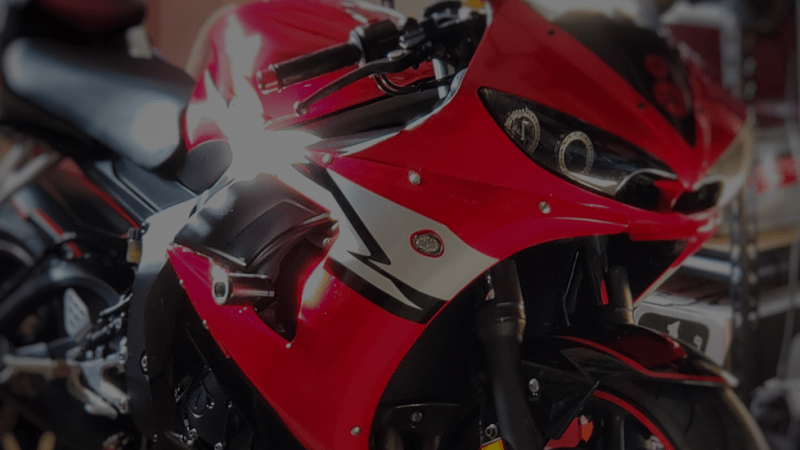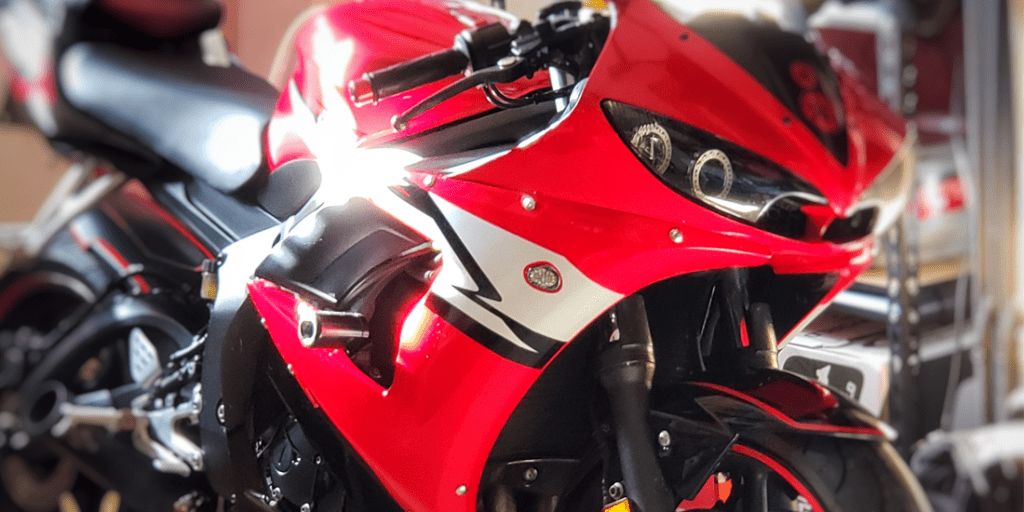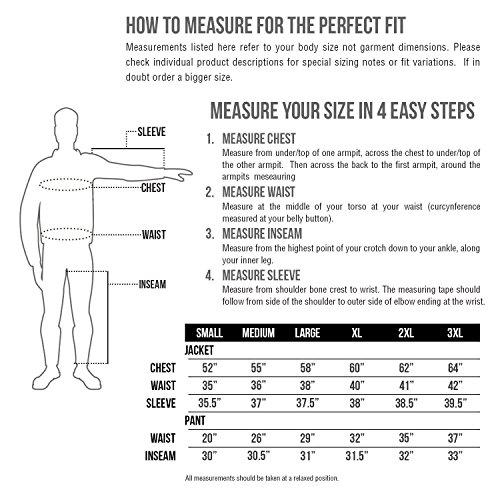Road rash isn’t a punchline to a joke about bad motorcycle handling or old video game. Road rash, also called “friction burn,” is a serious injury. The severity of the wound is measured by degrees, the same as you would a chemical or fire burn. Since the skin is the largest organ of our bodies, getting road rash opens you up to other vulnerabilities, such as infection. But there is more to understand about road rash than these points.
Let’s look at this serious injury that can happen to anyone and learn how to classify and treat various types of road rash.
The Different Types of Road Rash
Not every bout of road rash is created equal. There are three main types of road rash:
- Avulsion – the skin is scraped away. Sometimes fat, muscle, and even bone will be exposed.
- Compression – where the body is caught between two objects, such as the motorcycle and the road. This results in bruising, broken bones, and damaged muscle.
- Open wound – usually require stitches. Open wound road rash might even require skin grafting.
Aside from the 3 different types, there are 3 degrees of damage:
- First degree – the first layer of the skin is red. Does not require medical treatment and will heal well enough on its own.
- Second degree – the first layer of skin, known as the epidermis, is broken. There can be bleeding and debris stuck in the wound. Usually requires little medical treatment and can heal with no scarring or lasting damage.
- Third degree – skin has been peeled away, leaving tissue, fat and sometimes bone exposed. Victims often need skin grafting.
The degrees of the crash depends on factors such as the force of the impact with the ground, the type of surface where the crash takes place, and whether safety gear was equipped.
Road rash will often occur in places that come in contact with the abrasive surface, either when attempting to catch oneself or when rolling or getting dragged. The outside of the legs, knees, palms, thighs, shoulders, and face are usually where road rash occurs.
Complications of Road Rash
Seek medical treatment immediately if you experience any of the following with road rash:
- Severe pain
- Inability to move affected region
- Cuts on the face that are larger than a ¼ inch
- Cuts on the body that are larger than a ½ inch
- Bleeding doesn’t stop
- Gaping wound remains opened with you relax the body
- Fat is visible in the exposed tissues
- Road rash is paired with other injuries, including possible concussion or broken bones.
Any open wound should be treated with antibiotics within six hours. Otherwise, you are at risk of infection.
Treatment and Recovery From Road Rash
Depending on the severity of the road rash, you can oftentimes treat it yourself. In that event, do the following:
- Stop any bleeding.
- Wash your hands with soap and water.
- Rinse the wound thoroughly.
- Wash the wound with soap, water, and then use some witch hazel.
- Apply a topical antibiotic.
- Bandage the wound.
- Change the dressing.
Note: During the recovery, the skin will undergo healing from the deepest layers to the top. It might get scabs. Do not pick the scabs. Instead, continue changing the bandages and applying topical antibiotics. Once the oozing stops, you can use petroleum jelly to keep the skin supple and lessen the scarring.
If you end up going to the doctor because of a deep wound, the medical professional might recommend using ibuprofen, a non-steroidal anti-inflammatory drug (NSAID), acetaminophen, or naproxen to deal with the pain.
Remember that because the skin has been opened by abrasion, you could be at risk for infection. Consider getting a tetanus shot. Tetanus boosters last 10 years, so if you had an injury where the epidermis or dermis of the skin has been injured, tetanus bacteria can enter the wound. At any time symptoms of infection begin, such as redness, swelling, warm or hot skin around the injury, tenderness, pain, or bloody ooze or yellowish pus, you could have an infection. Make sure to get to a doctor immediately.
Hopefully, you should now have an understanding of road rash and how serious it can be. Don’t ignore severe injuries after a fall. Drive safe and stay safe, so you can keep riding!















One comment on “What Every Rider Should Know About Road Rash”